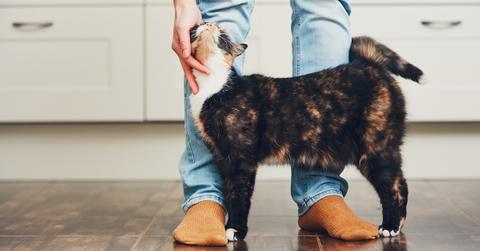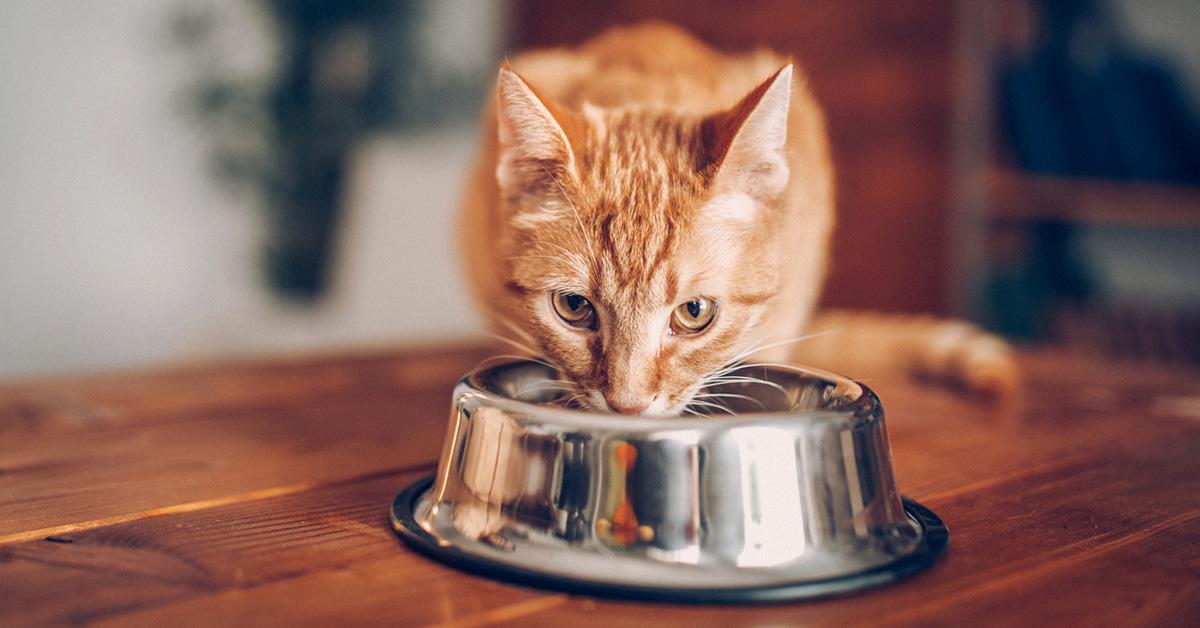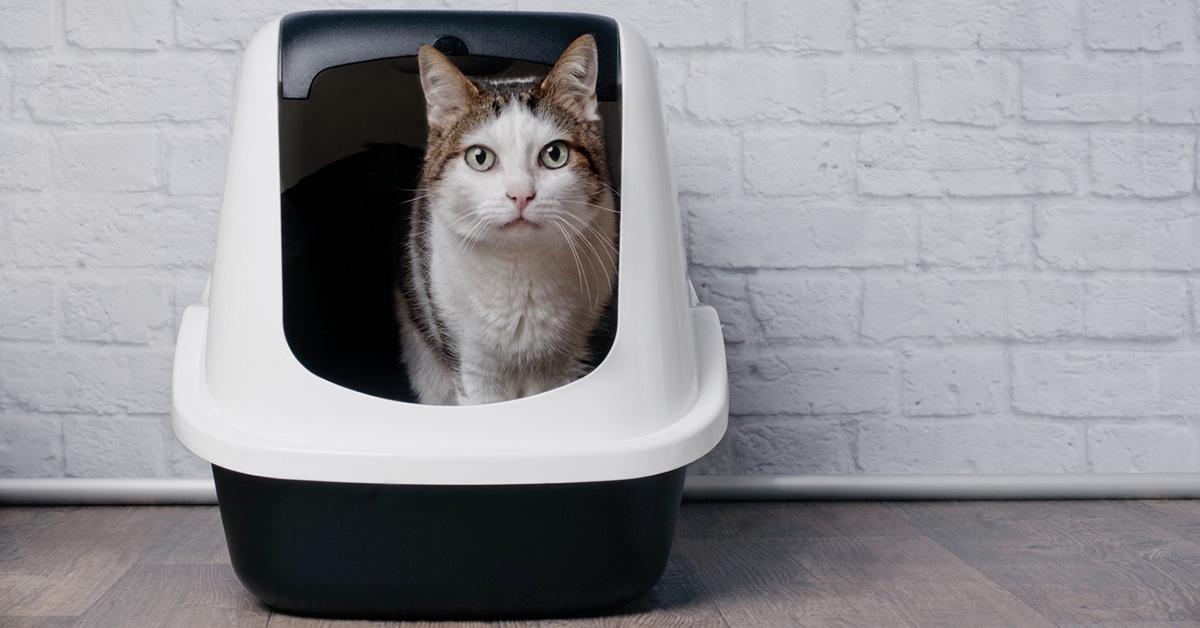I Have a Cat: How Do I Keep Pet Care Low-Impact?
Keeping yourself and your own carbon footprint in check as a zero-waster is difficult enough. Throw a pet into the picture though and that’s a lot more waste to deal with.
Updated June 18 2019, 3:29 p.m. ET

Keeping yourself and your own carbon footprint in check as a zero-waster is difficult enough. Throw a pet into the picture though and that’s a lot more waste to deal with. Pets require a lot of things, from beds to food to treats to collars to toys. And not to mention: If you have a cat, you have to deal with poop, indoors.
If you have a dog, there are a few things you can do to make your pet care more sustainable — things like using compostable and biodegradable baggies to pick up poop outside and buying longer-term chew toys rather than stuffed animals that will be ripped apart in two hours flat. With cats, the guidelines are a bit different.
Are you trying to turn your cat into a zero-waste version of Garfield? Keep reading for our top zero-waste cat tips!
What to do with food

Buy cat food in bulk
Whenever possible, you’re going to want to buy a bulk bag of dry cat food. You can either bring your own container and fill it up at the store (if your local store or co-op has a bulk cat food option!) or buy the food with the least amount of plastic packaging in bulk.
One caveat to cat food though is that it often comes in plastic bags or packaging. That’s where the importance of brands come in. Brands like Wellness and Open Farm not only focus on the humane treatment of the farm animals and fish used to make their cat food, but they also partner with Terracycle. With the help of Terracycle, you can mail these cat food bags in and Terracycle will make sure they’re disposed of and recycled properly. Less waste and easier on the conscience!
Learn more about Open Farm’s recycling program here and check out more information about the Wellness recycling program here.
And if you want to go one step further and buy sustainable and ethical bowls for your cat’s food and water, Thrive Market has a great BecoBowl for cats. Made from waste plant fibers from bamboo and rice husks, these bowls are dishwasher friendly and can be buried and composted.
Cook your own cat food
It’s not as hard as it sounds. Of course, you’ll want to consult your cat’s veterinarian or an animal nutritionist first, but it can be as easy as boiling raw meat. If you’re making chicken breast, beef hearts, liver, or ground turkey for dinner, just boil two spoonfuls in a separate pot. You can also feed them the broth in which the meat simmers — zero-waste and in every cat’s opinion, delicious.
Also, we all know cats love tuna, so whipping up a bit of tuna for your cat every once and a while is a great way to keep their food low-impact.
What to do with poop and litter

Buy cat litter in bulk
The same way you want to buy dry cat food in bulk, opt for bulk litter, too. It’s not always available in stores, but if it is, definitely take advantage. Hartz makes a cat litter out of recycled clumping paper (though the packaging is not recyclable) and Fresh News makes a paper-based litter from 100 percent recycled paper. (It’s also biodegradable and dust-free, with built-in baking soda to neutralize yucky odors.) If paper-based litter doesn’t work for your lifestyle, ökocat makes dust-free litter from natural wood fibers.
Bonus: The paper packaging is compostable and recyclable.
There are lots more sustainable and non-toxic cat litter options out there including World’s Best Cat Litter (made from corn), Simply Pine (made from pine), and more. Check out this helpful guide to sustainable cat litters here.
Make your own litter
Yep, it’s totally doable. Just recycle yesterday’s newspaper, magazines — anything paper you have on hand at home! — and shred it all up.
Soak the newspapers in warm water with two tablespoons of dish soap. Let it sit until the ink fades, then drain the paper using a colander. You really want to drain as much water as possible. Place the paper in a container with warm water again, but don’t add dish soap. Let it soak for several hours, then drain and dry it again. Once it’s dry, it’s ready to go.
You can also add in homemade litter crumbles from sand. Also make sure to remove any glossy advertisements from the newspaper before prepping the litter.
There’s more information on homemade litter options here.
Use a sustainable litter box
Your cat’s poop and pee situation wouldn’t be totally sustainable if it were in a plastic box, now would it? We love this Self-Contained Natural Cat Litter box from The Grommet because not only is it biodegradable, but it’s also completely self-contained. The kit includes 8.5 pounds of pine pellet litter scoop, 30 biodegradable waste bags, a false floor system, and of course, the litter box itself, which is made out of cardboard and soy-based coating.